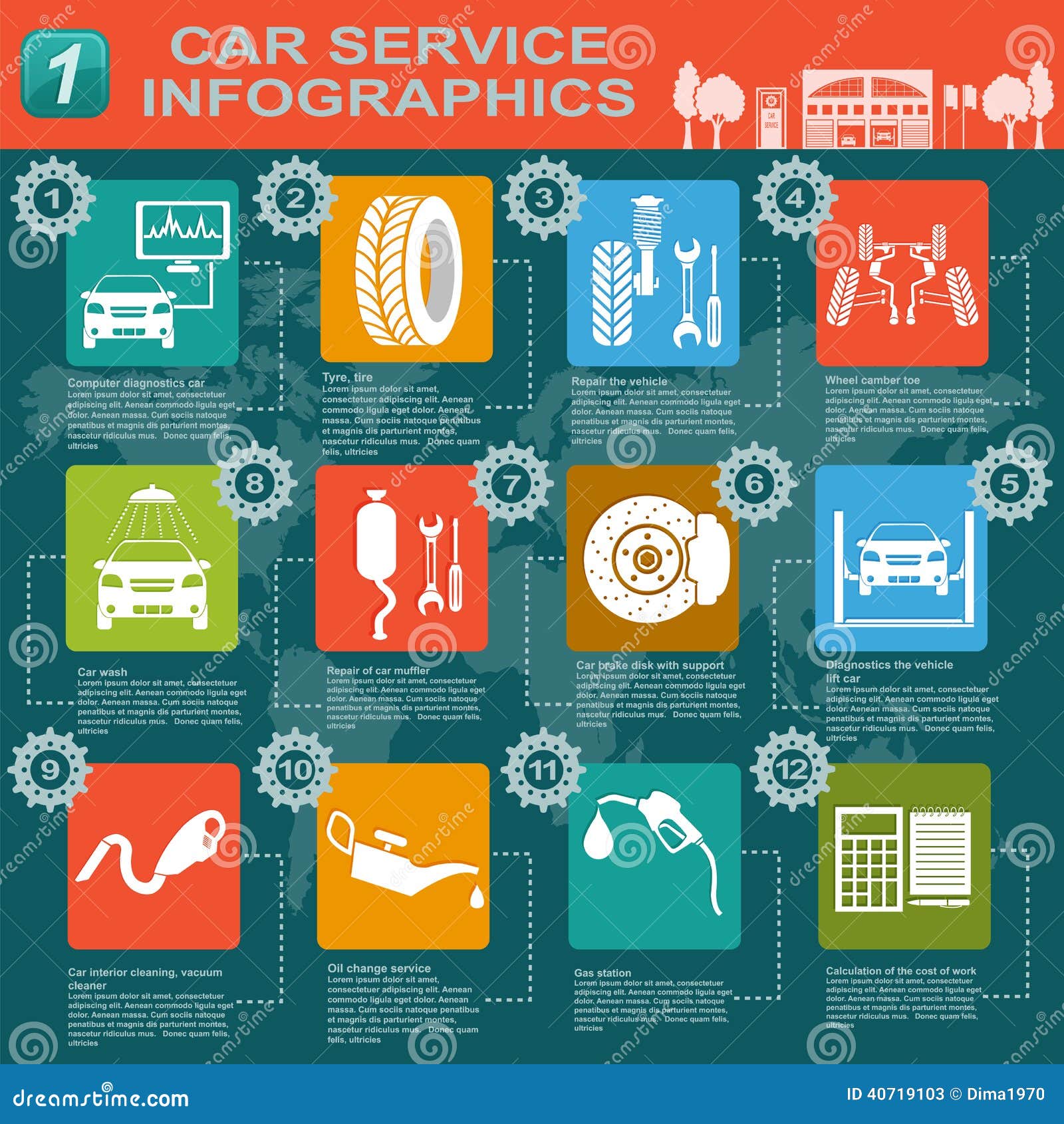Analyzing Your Automobile'S Warning Indicators: What They Actually Convey
Analyzing Your Automobile'S Warning Indicators: What They Actually Convey
Blog Article
Web Content Created By-Vinson Shepherd
When you lag the wheel, those glowing warning lights on your control panel can be a bit perplexing. Do you understand what they're attempting to inform you concerning your vehicle's wellness? Recognizing the relevance of these lights is vital for your safety and the durability of your vehicle. So, the following time one of those lights turns up, wouldn't you want to decode its message properly and take the essential actions to resolve it?
Common Warning Lights and Interpretations
Identify typical caution lights in your auto and recognize their meanings to ensure secure driving.
One of the most common warning lights consist of the check engine light, which signifies problems with the engine or emissions system. If this light begins, it's critical to have your lorry examined quickly.
The oil pressure alerting light suggests reduced oil stress, needing prompt attention to prevent engine damages.
A blinking battery light may suggest a malfunctioning billing system, potentially leaving you stranded otherwise attended to.
linked web page (TPMS) light signals you to low tire stress, affecting vehicle stability and gas efficiency. Disregarding this can cause dangerous driving conditions.
The abdominal muscle light suggests an issue with the anti-lock stopping system, jeopardizing your ability to quit promptly in emergencies.
mouse click the following post but not least, the coolant temperature level cautioning light warns of engine overheating, which can result in serious damage otherwise solved promptly.
Recognizing these typical warning lights will help you address problems quickly and maintain secure driving conditions.
Value of Prompt Focus
Comprehending the common warning lights in your auto is just the primary step; the relevance of immediately attending to these cautions can't be highlighted enough to guarantee your security when driving.
When a caution light brightens on your control panel, it's your vehicle's means of communicating a prospective issue that requires attention. Ignoring these cautions can bring about extra extreme issues down the road, jeopardizing your safety and security and possibly costing you extra in repairs.
Motivate attention to advising lights can protect against breakdowns and accidents. As an example, a blinking check engine light might show a misfire that, if left unattended, might cause damages to the catalytic converter. Addressing this quickly can save you from a pricey fixing.
Similarly, a brake system advising light might signal low brake liquid or used brake pads, crucial components for your safety when driving.
Do It Yourself Troubleshooting Tips
If you notice a caution light on your control panel, there are a few DIY fixing suggestions you can attempt prior to seeking professional help.
The first step is to consult your auto's guidebook to understand what the details caution light indicates. Occasionally cardetailingnearlairport can be as straightforward as a loose gas cap triggering the check engine light. Tightening up the gas cap might fix the issue.
An additional typical issue is a reduced battery, which can trigger various advising lights. Inspecting the battery connections for deterioration and ensuring they're safe might repair the problem.
If a caution light lingers, you can try resetting it by separating the vehicle's battery for a few minutes and after that reconnecting it. Additionally, inspecting your vehicle's fluid degrees, such as oil, coolant, and brake liquid, can aid troubleshoot warning lights related to these systems.
Final thought
In conclusion, recognizing your car's warning lights is necessary for maintaining your car running smoothly and safely. By promptly resolving https://sergiofyrld.webdesign96.com/31733556/top-10-tips-for-choosing-the-most-effective-car-service-center-near-you and understanding what they imply, you can avoid costly repairs and prospective malfunctions.
Bear in mind to consult your vehicle's manual for certain details on each cautioning light and take action as necessary to make sure a hassle-free driving experience.
Stay notified, remain safe on the road!
